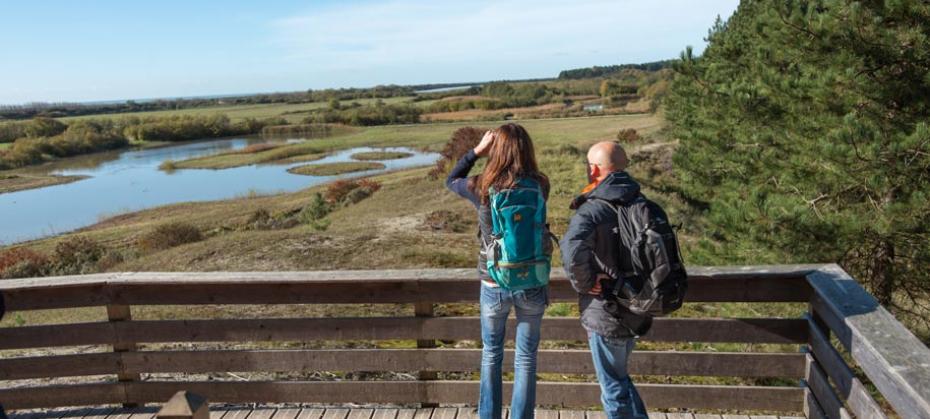 Visit one of France's key ornitological sites, the Parc du Marquenterre
© N. Bryant
Visit one of France's key ornitological sites, the Parc du Marquenterre
© N. Bryant
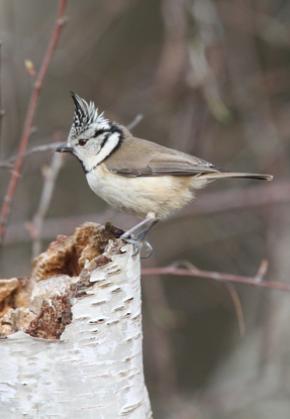 Crested Tit is common in the Somme Bay's hinterland
© Parc du Marquenterre
Crested Tit is common in the Somme Bay's hinterland
© Parc du Marquenterre
Head to the scrublands and trees for Red-backed Shrike, Golden Oriole, Crested Tit and Short-toed Treecreeper, and Lesser Spotted and Black Woodpeckers; try the extensive mature woodlands in La Forêt de Crécy in Somme for these and other woodland species declining in the UK, like Redstart, Pied Flycatcher, Wood Warbler and Firecrest. North France still has healthy populations of raptors such as Eagle Owl, Goshawk, Honey Buzzard and Marsh and Hen Harriers, and larger waterbirds such as White Stork, Little Bittern, Great White Egret and Spoonbill.
But it is not just species that are rare in the UK that bring birders to the region – migration can be spectacular, with warblers, finches, waders and other waterbirds all passing along the coast and inland in flocks, impressively visible from prime headlands and seawatching points such as Cap Gris Nez, which can be as good for skuas and shearwaters as any English site. The beaches all hold substantial colonies of breeding Kentish Plover, while Tawny Pipit is still possible.
Northern France holds too many bird-rich reserves and sites to take in on a day-trip, making a stay of two or more days very productive for the mobile birder. Find your own birds or maximise your chances with an expert English-speaking guide. There are plenty of comfortable and affordable places to stay for groups, families and couples, whatever your age, and the birds are never far away. The countryside is easily accessible, and a great place to recharge your batteries by refreshing your connection with nature and wildlife. in April, don't miss baby birds at Parc du Marquenterre. Come and enjoy the profusion of a Gallic spring now!
Let's GO !
Couples birdwatching & nature offer with great French dining
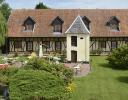 Just an hour’s drive from the Channel port of Calais, in a gorgeous rural setting just inland of the stunning Somme Bay,...
Book it now
Solo birdwatching and nature offer with great regional dining
Just an hour’s drive from the Channel port of Calais, in a gorgeous rural setting just inland of the stunning Somme Bay,...
Book it now
Solo birdwatching and nature offer with great regional dining
 Just an hour’s drive from the Channel port of Calais, in a gorgeous rural setting just inland of the stunning Somme Bay,...
Book it now
Couples Somme Bay nature & birdwatching break in 3* hotel
Just an hour’s drive from the Channel port of Calais, in a gorgeous rural setting just inland of the stunning Somme Bay,...
Book it now
Couples Somme Bay nature & birdwatching break in 3* hotel
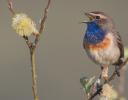 The Somme Bay maritime reserve and bird reserve in northern France holds a number of excellent birdwatching sites...
Book it now
Solo Somme Bay birdwatching 3* Hotel in nature's paradise
The Somme Bay maritime reserve and bird reserve in northern France holds a number of excellent birdwatching sites...
Book it now
Solo Somme Bay birdwatching 3* Hotel in nature's paradise
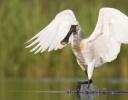 The Somme Bay maritime reserve and bird reserve in northern France holds a number of excellent birdwatching sites...
Book it now
The Somme Bay maritime reserve and bird reserve in northern France holds a number of excellent birdwatching sites...
Book it now






